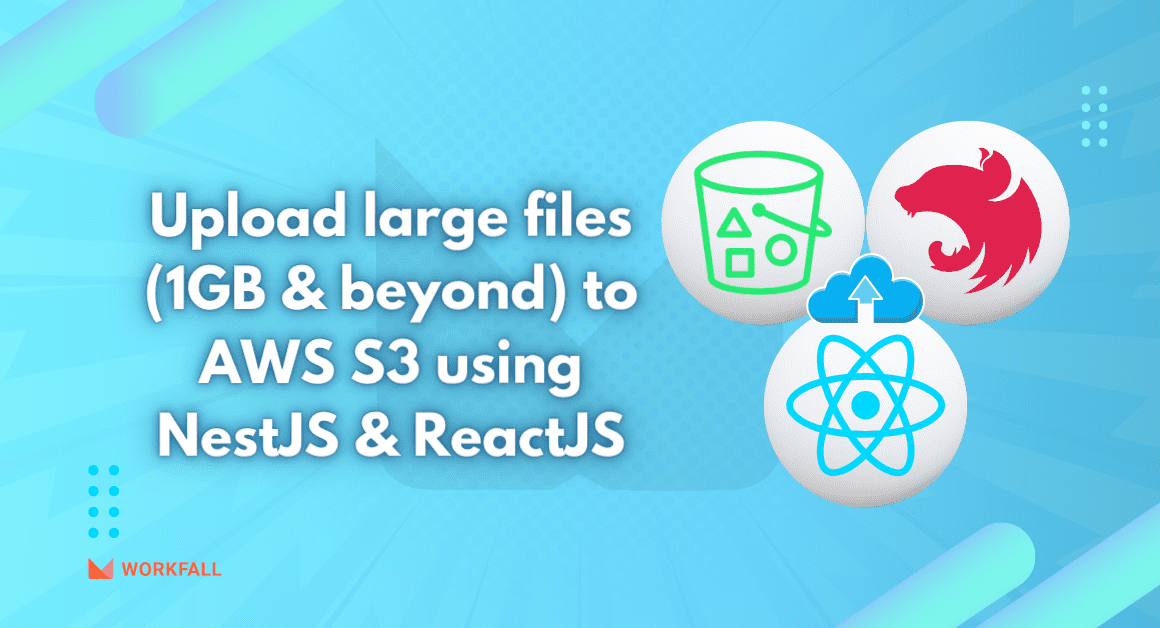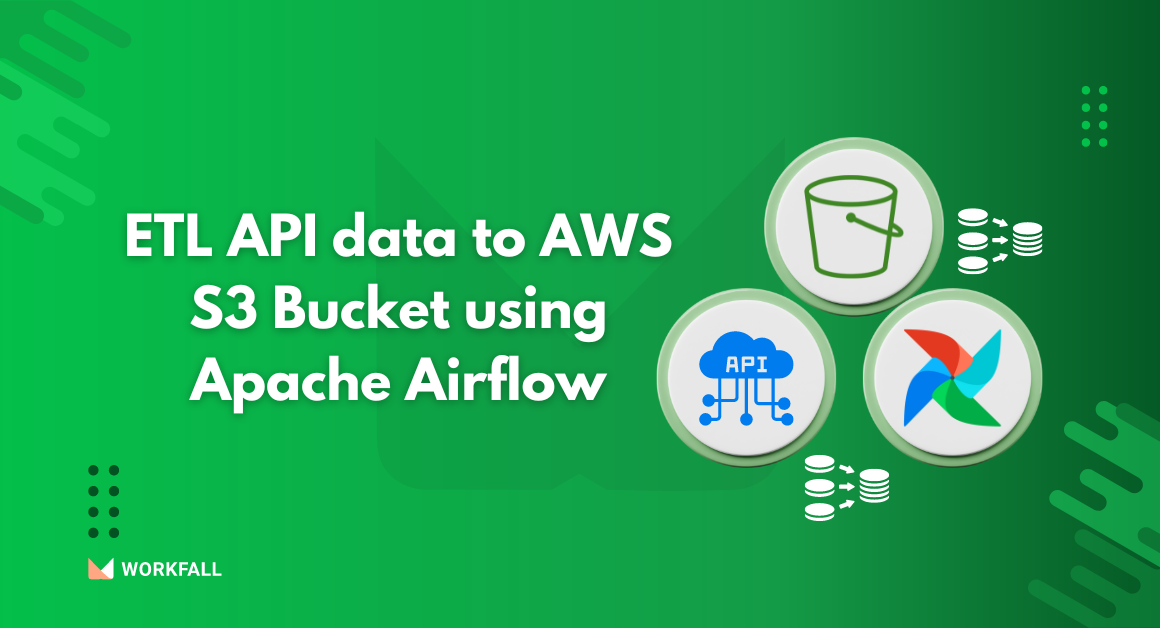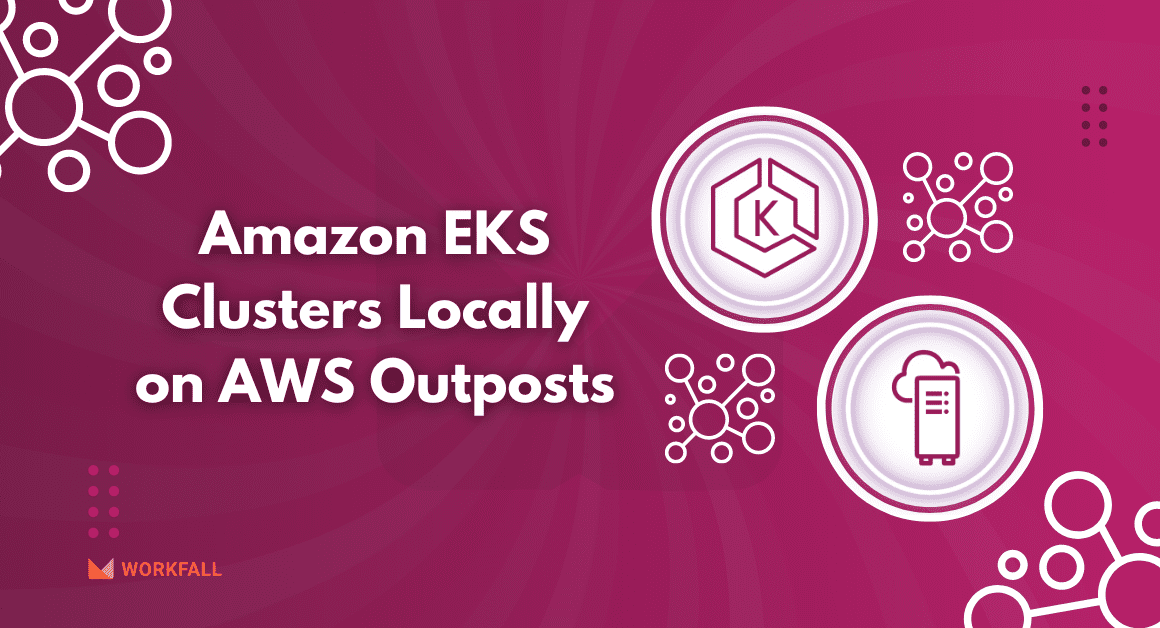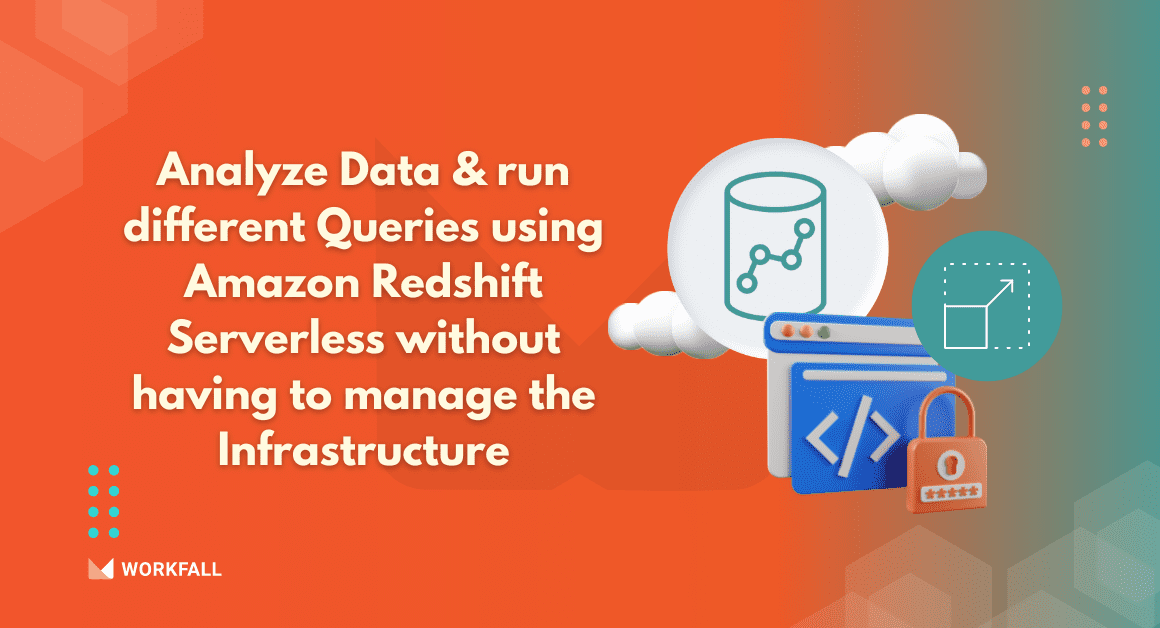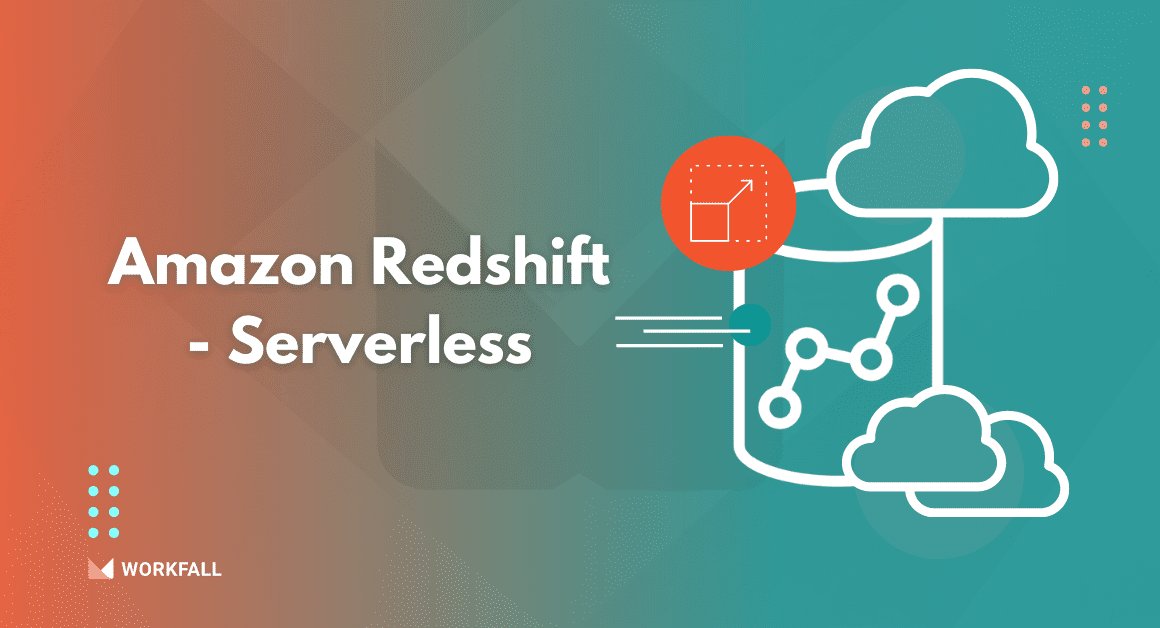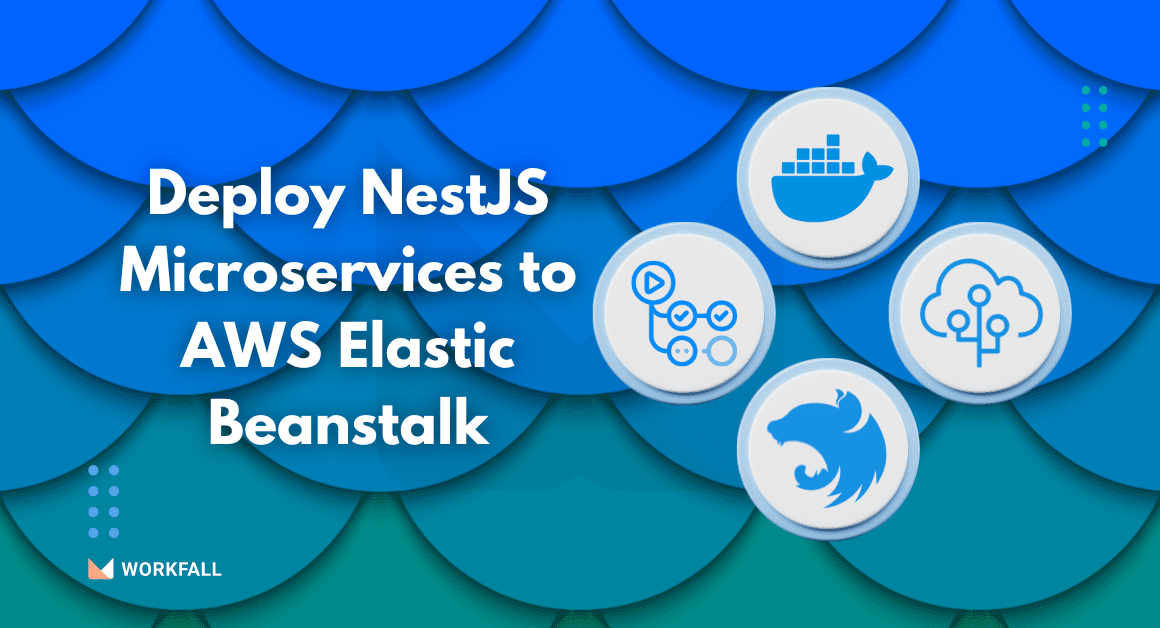Crafting Captivating Narratives: The Power of Gen AI with SageMaker
Reading Time: 14 minutes In the evolving landscape of AI-driven innovation, crafting compelling narratives has reached new heights with the power of Generative AI, and Amazon SageMaker stands as a pivotal platform for realizing this potential. This hands-on exploration will guide you through harnessing the capabilities of Generative AI, specifically the GPT-2 model, to craft engaging stories from incomplete […]
Build AI Apps with Amazon PartyRock and Amazon Bedrock
Reading Time: 16 minutes Introducing Amazon PartyRock, an innovative platform that redefines the landscape of app exploration and creation. For Part 1 of this blog, refer here. In this transformative hands-on implementation, we will guide you through the PartyRock playground, an exciting journey that encompasses navigating its free features, signing in to unlock personalized experiences, experimenting with suggested apps, […]
Amazon PartyRock: A Playground for Generative AI Enthusiasts
Reading Time: 5 minutes In a groundbreaking move, AWS has recently introduced PartyRock, an Amazon Bedrock Playground, designed to make generative AI app-building both fun and intuitive. This hands-on playground empowers users to create a variety of apps with just a few simple steps, opening doors to explore the vast realm of generative AI. In Part 2 of this […]
How to upload large files (1GB and beyond) to AWS S3 using NestJS (backend) and ReactJS (frontend)?
Reading Time: 5 minutes When dealing with file uploads, you must be aware that files are uploaded in buffers stored in memory and if the file is larger than the allocated memory in your VM, it may run out of memory and the application might crash. For example, if your allocated memory is 2GB, if you try to upload […]
How to ETL API data to AWS S3 Bucket using Apache Airflow?
Reading Time: 7 minutes 2.5 quintillion bytes of data are produced every day with 90% of it generated solely in the last 2 years (Source: Forbes). Data is pulled, cleaned, transfigured & then presented for analytical purposes & put to use in thousands of applications to fulfill consumer needs & more. While generating insights from the data is important, […]
Amazon EKS Clusters Locally on AWS Outposts
Reading Time: 9 minutes AWS recently announced the availability of Amazon EKS local clusters on AWS Outposts. It means that now users can run the Amazon EKS cluster entirely on Outposts, including the Kubernetes control plane and nodes. To make things easier, AWS now allows you to host your entire Amazon EKS cluster on Outposts. Let’s see what else […]
How to easily analyze data and run different queries using Amazon Redshift Serverless without having to manage the infrastructure?
Reading Time: 9 minutes To know about what’s new in Amazon Redshift Serverless, refer to Part 1 of the blog here: What’s new in Amazon Redshift – Serverless? Hands-on In this hands-on, we will see how we can analyze data and run the different queries using Amazon Redshift Serverless without the need of managing the infrastructure using the Serverless […]
What’s new in Amazon Redshift – Serverless?
Reading Time: 6 minutes Amazon Redshift has added a slew of new features in recent months, including a game-changing one – SERVERLESS 🚀 AWS introduced the preview of Amazon Redshift Serverless last year at re:Invent 2021, a serverless option of Amazon Redshift that allows you to analyze data at any scale without having to manage data warehouse infrastructure. You […]
How to Deploy NestJS Microservices to AWS Elastic Beanstalk?
Reading Time: 7 minutes AWS Elastic Beanstalk is an AWS service on which you can deploy your application and it offers orchestration for various AWS services such as EC2, and S3 out of the box through auto-scaling, load-balancing, and capacity provisioning. All you have to do is upload your code and AWS Elastic Beanstalk does everything for you including […]
How to use AWS SSM Parameter Store in AWS Elastic Beanstalk instances?
Reading Time: 9 minutes Almost every developer makes use of environment variables. They are excellent for establishing parameters that alter depending on the system’s surroundings. Sadly, they struggle to scale. There are methods to accomplish it, but they aren’t enjoyable. Here’s why AWS can replace environment variables (or at least reduce your reliance on them). Building contemporary cloud apps […]



